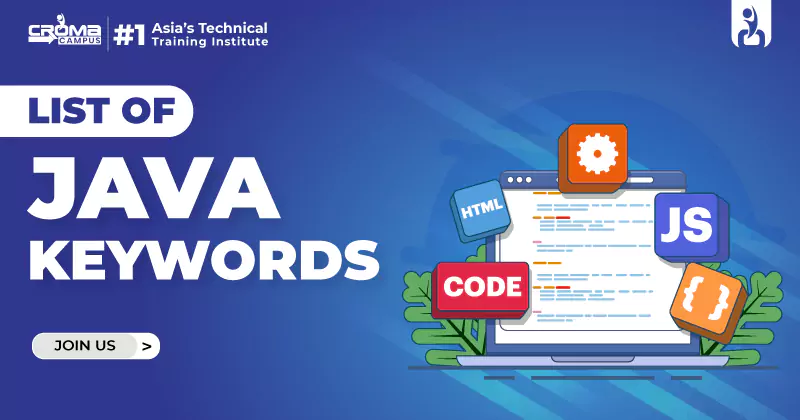What Are Full Stack Development Tools?
4.9 out of 5 based on 4278 votesLast updated on 21st Feb 2023 7.7K Views
- Bookmark

There are many Full Stack Development tools that full-stack developers use to build web applications. To know more about this read this post.

Full stack development refers to the development of both the front-end and back-end portions of a web application. This means that a full-stack developer is responsible for creating and maintaining both the client-facing interface and the server-side code that powers the application's functionality.
The front end of a web application is the user interface that users interact with, which includes elements like the layout, design, and functionality of the website. This is typically built using HTML, CSS, and JavaScript.
The back end of a web application is the behind-the-scenes code that makes the front end work. This includes server-side scripting, database management, and any other back-end processes that make the application function properly. This is typically built using programming languages like Python, Ruby, Java, or PHP.
What are the Benefits of Full Stack Development?
Full Stack Development ensures cost-effectiveness as it is less expensive than hiring separate front-end and back-end developers. This is because a full-stack developer can handle all aspects of the application, reducing the need for multiple developers and potentially lowering the overall cost. Full Stack Development includes developing both the front-end and back-end of a website. A developer needs to have a deep understanding of the entire web development process, from concept to deployment. Full Stack Development consists of working on both the client and server sides of an application, which allows them to build high-quality web applications that are both functional and user-friendly. To further know about these benefits, one can visit Dot Net Full Stack Training in Noida. There are several benefits to full-stack development:
- Versatility: Full-stack developers have a wide range of skills, including both front-end and back-end development, which makes them highly versatile. This means they can work on any part of the application, from design to implementation, without needing to rely on other developers to complete the work.
- Faster development: Full-stack developers can move quickly from one part of the development process to another, which can speed up the development cycle. This means that applications can be built and launched more quickly, which is especially important in fast-moving industries.
- Better communication: Full-stack developers have a deep understanding of the entire web development process, which makes it easier for them to communicate with other team members. This means they can collaborate more effectively with designers, project managers, and other developers, which can improve the overall quality of the application.
- Improved problem-solving: Full-stack developers are able to see the big picture of an application, which can help them identify and solve problems more effectively. This means they can create more robust and efficient solutions that can help to improve the overall user experience.
What are Full-Stack Development Tools?
There are many tools that full-stack developers use to build web applications. The specific tools used can vary depending on the project requirements and the preferences of the development team. Many institutes provide Dot Net Full Stack Development Online Training and one can enroll in them to learn these tools. Here are some of the most popular ones:
- Text editors: Full stack developers use text editors to write and edit code. Some of the popular text editors include Visual Studio Code, Atom, and Sublime Text.
- Frameworks and libraries: Full-stack developers use frameworks and libraries to make web development more efficient. Some popular front-end frameworks include React, Angular, and Vue.js, while popular back-end frameworks include Node.js, Ruby on Rails, and Django.
- Databases: Full-stack developers use databases to store and manage data for their applications. Some of the popular databases are MySQL, PostgreSQL, and MongoDB.
- Version control systems: Full stack developers use version control systems like Git to manage code changes and collaborate with other developers.
- Task runners and build tools: Full Stack Course developers use task runners like Grunt and Gulp, and build tools like Webpack and Parcel, to automate repetitive tasks and build their applications.
- Testing frameworks: Full stack developers use testing frameworks like Mocha, Jasmine, and Jest to test their applications and ensure they work correctly.
- Cloud platforms: Full-stack developers use cloud platforms like Amazon Web Services, Google Cloud Platform, and Microsoft Azure to deploy and scale their applications.
Conclusion
In conclusion, full-stack development is a highly versatile approach to web development that involves building both the front-end and back-end portions of an application. Full-stack developers are skilled in a wide range of tools and technologies, including text editors, frameworks, databases, version control systems, task runners, testing frameworks, and cloud platforms. The benefits of full-stack development include versatility, cost-effectiveness, faster development, better communication, and improved problem-solving. By leveraging these tools and benefits, full-stack developers are able to build robust, efficient, and user-friendly web applications that meet the needs of businesses and users alike.
Subscribe For Free Demo
Free Demo for Corporate & Online Trainings.
Your email address will not be published. Required fields are marked *





















 Master in Cloud Computing Training
Master in Cloud Computing Training